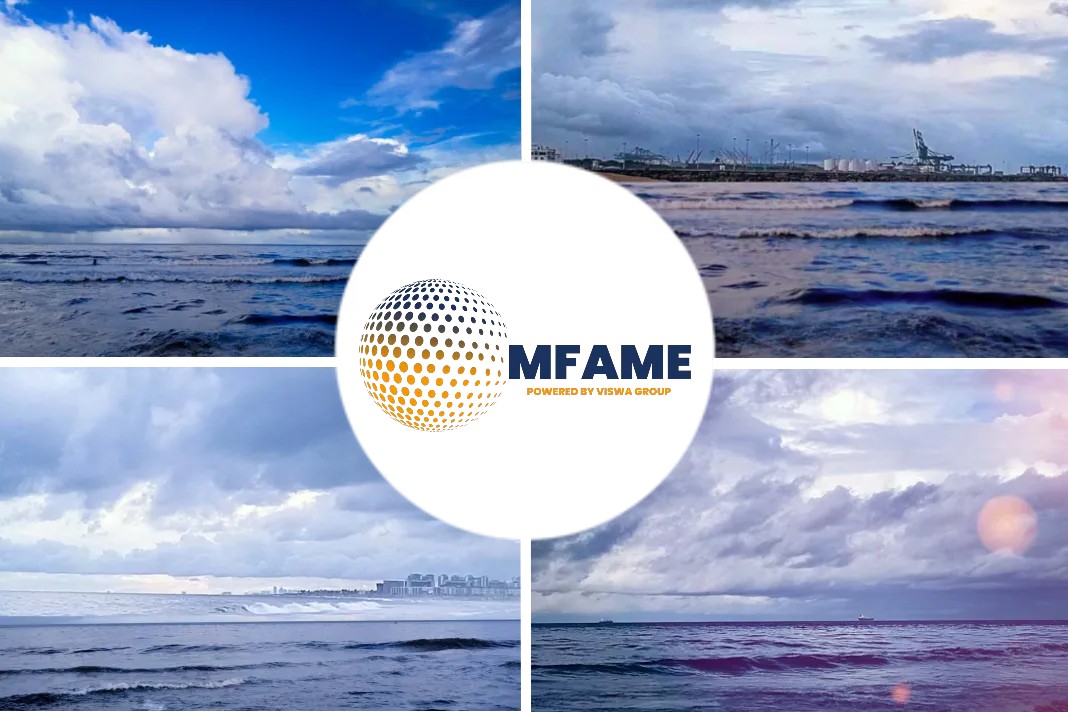- 24% decrease in the cost of hiring container ships and 10% on raw material rates.
- Tight credit conditions, market currency weakness and trade war concerns is behind this.
- FREIGHTOS-GBL-FBX has fallen 5.4% to 1,583 points.
- Baltic Dry Index has dropped 13% to 1,546 points.
- Global oil tanker rates and Japanese export trade provide some ray of hope.
- DFRT-ME-SIN rates have soared by 50% since September.
The cost of hiring container ships has plunged 24 percent from a multi-year peak while raw material vessel rates have slumped 10 percent from a five-year high, adding to signs of slowing global trade with dangerous implications for the economy, writes the Reuters reporter Henning Gloystein.
What caused this decline?
While much of world is focussed on the stock market losses this week, the drop in shipping rates as trade declines because of the trade dispute between the United States and China, emerging market currency weakness and tighter credit conditions is an omen of slowing global economic growth.
At the start of supply chains, dry-bulk carriers move raw materials like coal and iron ore from mines to smelters while container ships complete the cycle by carrying the vast majority of global manufactured goods from factories to consumers.
Dry-bulk and container rates climbed to multi-year highs earlier this year, but have plunged since then as the trade war between the United States and China, in which both sides have slapped steep import tariffs hundreds of goods, has picked up pace.
The Demand Slow Down
“The flattening out of the Baltic dry index, corroborated by the container index as well, points to a slowing down of the global economy for sure,” said Ashok Sharma, managing director of shipbroker BRS Baxi in Singapore.
Frederic Neumann, co-head of Asian Economic Research at HSBC in Hong Kong, said “global trade is cooling off after a strong run over the last couple of years.”
He said cooling demand in Europe and China, emerging market woes, as well as the Sino-American trade tensions were contributing to the slowdown, and added that “their full effect hasn’t kicked in yet.”
The Harpex Container Index CHT-IDX-HARPX, which tracks weekly container shipping rate changes, has fallen by almost a quarter from June when it was at a seven-year high to 516 points.
The Freightos Baltic Index FREIGHTOS-GBL-FBX, a global container index launched in Singapore in 2017, climbed to a record in August but has fallen 5.4 percent since then to 1,583 points.
Movements in the container market tend to reflect changes in developed economies while bulk shipping markets are more influenced by emerging countries, said shipping analysts.
Trade Wars & Emerging Markets
“Now that the trade war is escalating… I have no doubt that this does have a negative impact on containerised trades,” said Ralph Leszczynski, head of research at ship broker Banchero Costa in Singapore.
The Baltic Dry Index .BADI, which measures freight costs for ships carrying iron ore, coal and metal ores, has dropped 13 percent after reaching its highest since January 2014 to 1,546 points.
Leszczynski said that the downturn in dry-bulk rates was largely due to trends in emerging markets, where currencies including in India, Pakistan and Indonesia have plunged against the U.S. dollar this year, reducing their ability to pay for imports.
Given the number of concerns, HSBC’s Neumann said he was surprised how well shipping markets had held up so far.
Some Ray of Hope
Neumann pointed to Japanese export data for October that showed its fastest growth since March as a positive development.
Global oil tanker rates have also held up as companies try to buy as much crude as possible before U.S. sanctions are re-imposed on Iranian oil exports on Nov. 4.
Rates for supertankers DFRT-ME-SIN carrying crude from the Middle East to Singapore, Asia’s oil trading hub, have soared by 50 percent since September.
Healthy oil demand has so far also supported tanker rates at the same time that the supply of ships has declined as Iranian tankers are being used to store crude.
Here too, however, the threat of an economic slowdown looms.
“The oil freight index typically lags the dry index by a few quarters,” said BRS Baxi’s Sharma.
Did you subscribe for our daily newsletter?
It’s Free! Click here to Subscribe!
Source: Reuters

















